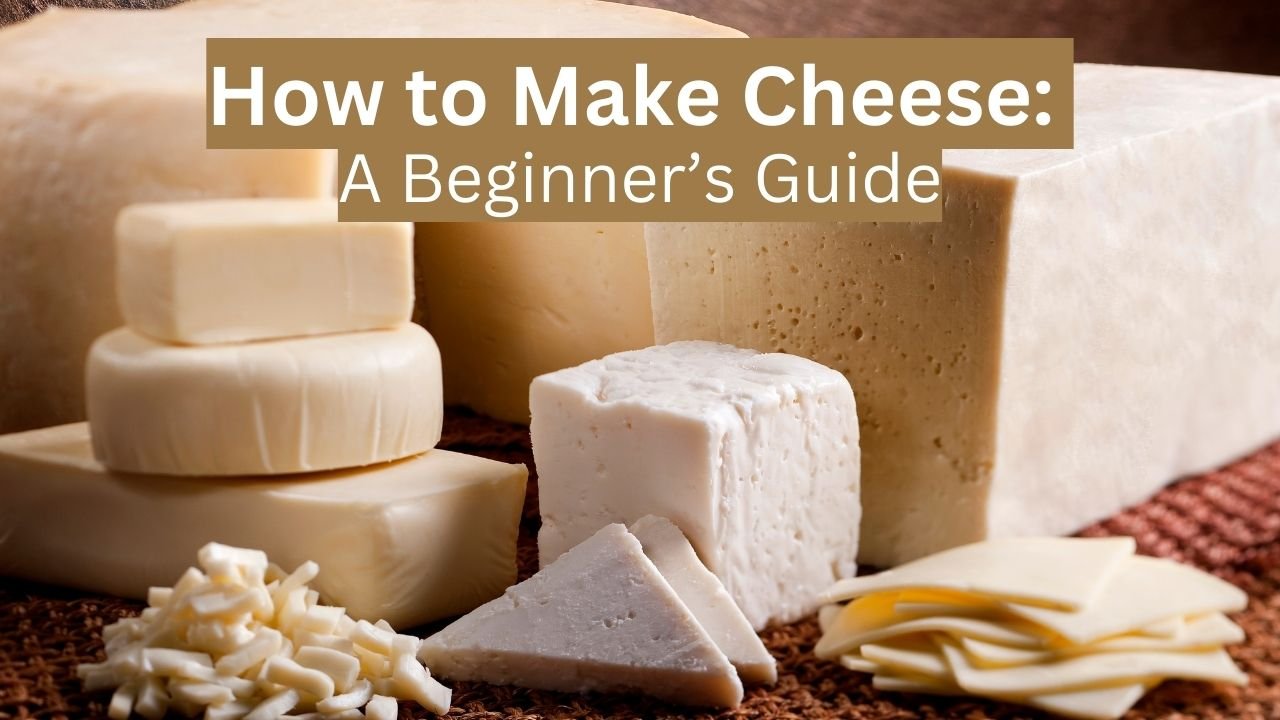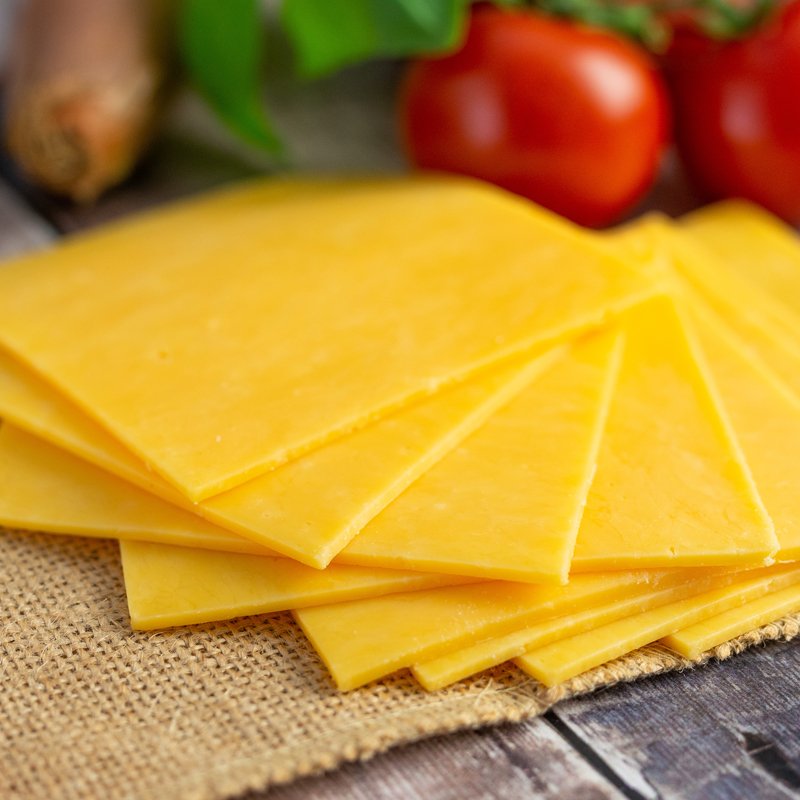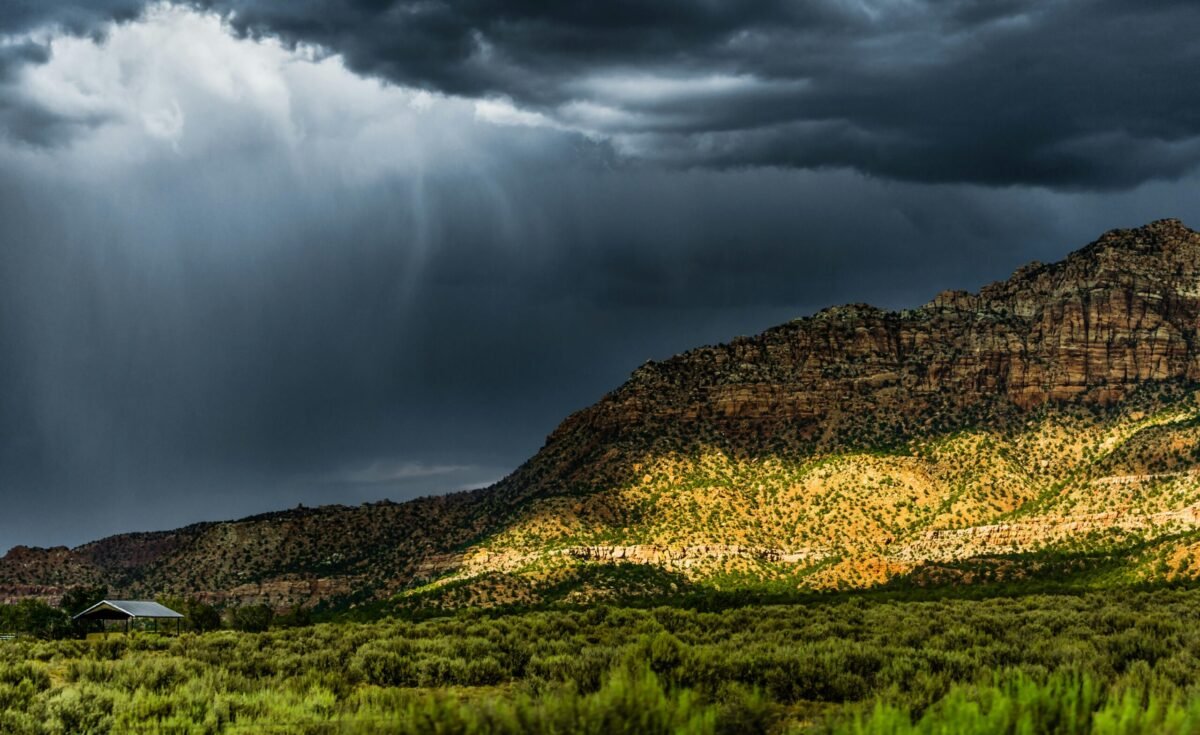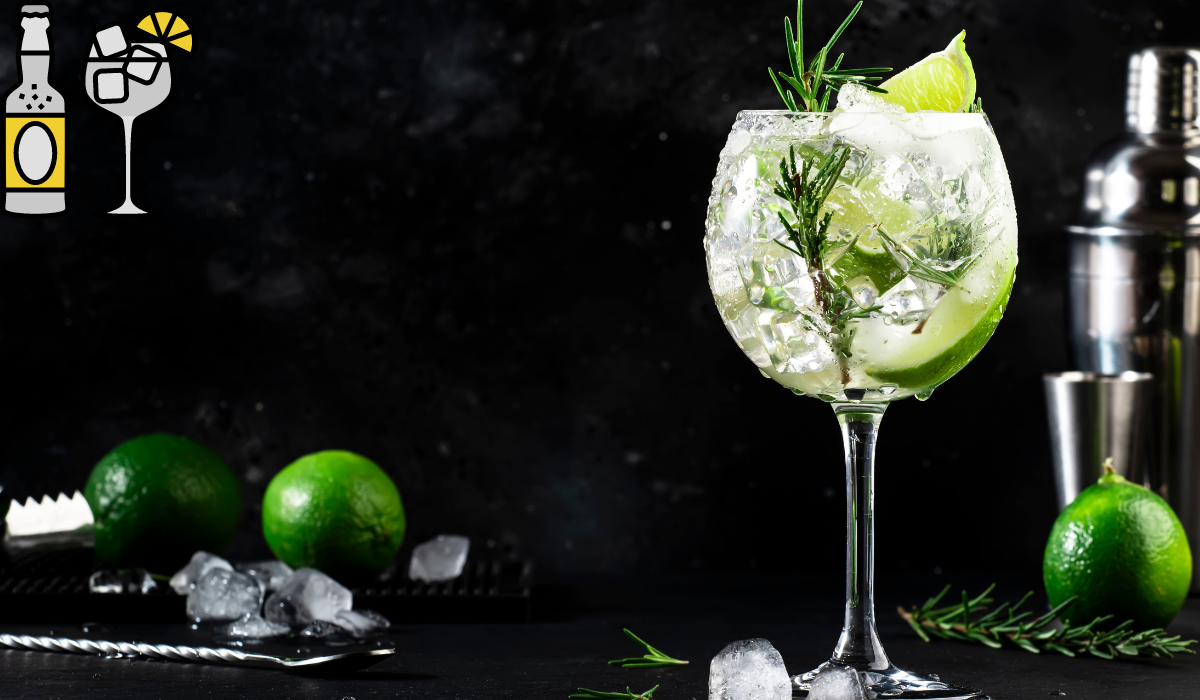How to Make Cheese: Your Complete Guide to Crafting Delicious Dairy Delights 2024
Posted on : April 7, 2024 By Savan

Cheese-making is a fascinating culinary art that allows you to transform simple ingredients into a wide variety of delicious cheeses. Whether you’re a cheese enthusiast or just curious about the process, making your own cheese at home is both rewarding and surprisingly achievable. In this comprehensive guide, we’ll explore How to Make Cheese, step-by-step instructions, and tips to create your very own homemade cheese.
How to Make Cheese

1. Understanding the Cheese-Making Process
Before we dive into specific cheese recipes, let’s grasp the fundamental steps involved in How to Make Cheese:
- Milk Selection: The type of dairy you choose significantly impacts the flavor and texture of your cheese to make cheese. Opt for high-quality milk or cream—freshness matters!
- Curdling: Curdling is the magical moment when milk transforms into curds (solid chunks of milk protein) and whey (the remaining liquid). Various acids, such as vinegar, lemon juice, or rennet, can be used to achieve this separation.
- Straining and Seasoning: After curdling, strain the mixture through cheesecloth to separate the curds from the whey. Add salt and other seasonings to enhance flavor.
- Pressing (Optional): If you desire a firmer cheese, wrap the curds in cheesecloth, shape them into a disk, and press between two plates. The pressing time determines the cheese’s texture.
2. Making Farm Cheese (A Simple Starter)
Ingredients:
- 1 gallon (3.8 L) of milk (not ultra-pasteurized)
- 1/2 cup (120 mL) of white vinegar
- 2 tsp (10 g) of fine sea salt
Instructions:
- Boil the Milk: Heat the milk in a heavy-bottomed pan until it boils, stirring frequently.
- Add Acid: Stir in the white vinegar. Watch as curds form and separate from the whey (about 10 minutes).
- Strain and Season: Pour the mixture through cheesecloth, catching the curds. Drain excess liquid, sprinkle salt over the curds, and mix well.
- Press (Optional): For a firmer texture, wrap the curds in cheesecloth, shape into a disk, and press between plates. Refrigerate for desired consistency.
3. Crafting Cheddar Cheese (Intermediate Level)
Ingredients:
- 10 quarts (9.5 L) of whole milk
- Dash of mesophilic culture
- 12 drops of annatto (for color)
- 1/2 tsp of calcium chloride
- 1/2 tsp of liquid rennet
- 1 1/2 tbsp of non-iodized cheese salt
- Coconut oil (for banding)
Instructions:
- Heat the Milk: Slowly heat the milk to 185-190°F (85-88°C) while stirring gently.
- Add Cultures and Coloring: Add mesophilic culture and annatto (dissolved in water) to the heated milk.
- Coagulate with Rennet: Mix calcium chloride and liquid rennet (dissolved in water) into the milk. Curds will form.
- Cut and Cook the Curds: Cut the curds into small pieces and cook them gently.
- Drain and Salt: Drain the whey, add non-iodized salt to the curds, and mix.
- Press and Age: Press the curds into a mold, band with coconut oil, and age the cheese.
4. What are some common cheese-making mistakes?
To make cheese is both an art and a science, and even experienced cheese-makers encounter challenges.
Below are a few prevalent errors along with tips on how to steer clear of them:
- The Milk Does Not Coagulate:
- Issue: Coagulation is the process of transforming milk into cheese by turning it from liquid to a semisolid state. If your milk doesn’t coagulate, it could be due to old or unviable rennet (the enzyme used to solidify milk). Additionally, pasteurized milk may lack the necessary components for proper coagulation.
- Solution: Try using fresh milk or a new batch of rennet. Observe any differences in coagulation.
- Cultured Cheese Won’t Set:
- Issue: Soft cheeses may not firm up during fermentation due to low temperatures.
- Solution: Place the cheese in a warmer spot (like an oven with the light on) during fermentation. Check every few hours until the desired consistency is reached.
- Curds Won’t Come Together:
- Issue: This often occurs when making mozzarella. If you see rice-like curds that won’t stick together, it’s likely due to low-quality milk or improper temperatures.
- Solution: Use fresh raw milk with sufficient calcium. Ensure the curds reach the ideal temperature (71-77°C or 160-170°F) before stretching.
- Bitter Cheese:
- Issue: Bitterness can result from insufficient salting or inadequate draining.
- Solution: Adjust salt levels during cheese-making. If possible, press the cheese with cheesecloth to remove excess whey.
Remember, making cheese involves understanding each step and how it affects flavor and texture. Don’t be discouraged by mistakes—learn from them and enjoy your cheese-making journey! 🧀🌟
References:
- Cheese Kettle: Common Cheesemaking Problems and How to Solve Them
- A Better Whey: Troubleshooting Cheese Making
- Fermenting for Foodies: Cheesemaking Problems and Solutions
- The Healthy Home Economist: Cheese Making Common Problems and Solutions
Remember, each cheese you make is a unique expression of your creativity and passion. Happy cheese-making! 🧀🍽️
5. Experiment and Enjoy!
Cheese-making is both an art and a science. As you gain experience, explore different cultures, herbs, and techniques. Whether you’re creating soft, fresh cheeses or aged, crumbly varieties, the joy of making your own cheese is unmatched. So gather your ingredients, put on your apron, and embark on your cheese-making adventure!
References:
- wikiHow: 3 Ways to Make Cheese
- Britannica: Cheese Making
- The Old Farmer’s Almanac: How to Make Cheese at Home
- Cheesemaking.com: How to Make Cheese at Home – 5 Easy Recipes
- [Cheesemaking.com: How to Make Cheese at Home – 3 Easy Steps](https://cheesemaking.com/pages/how
Posted on : April 7, 2024 By Savan
Join Our Club

"Stay Informed, Stay Ahead – Join Our Club Today!"



















